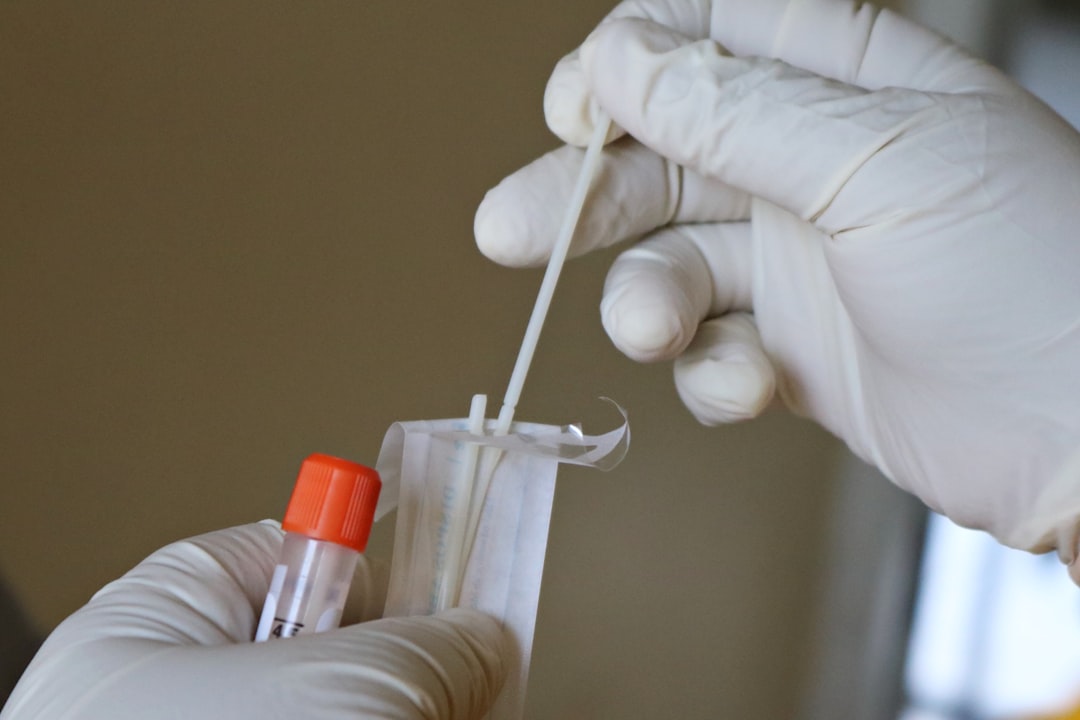What is it about?
Powered flight has evolved in numerous groups of animals to help them adapt to their environments and survive. Several physical components influence flight performance. This study explores one of these components, wing shape. More precisely, wing aspect ratio (AR). AR is the length of the wing relative to its width with higher AR being longer, thinner wings, good for manoeuvrability and lower AR being shorter, broader wings, good for long distance flying. In birds, higher AR is associated with higher flight speed. However, previous studies have found that this is not the case in insects where lower AR has been shown to be beneficial for dispersal. This study focusses in particular on the relationship between damselfly AR and temperature. By looking at the wing AR of 907 damselflies across 34 sites in North America, this study finds a negative relationship between AR and the maximum temperature of the warmest month (i.e. AR increases as maximum temperature of warmest month decreases). The paper goes on to discuss why this may be, suggesting that high AR is associated with areas of lower temperatures where flight may be more demanding. The paper also goes into more detail about AR variation from west-east in North America, and how this creates a positive relationship with longitude.
Featured Image
Why is it important?
The available literature on insect wing morphology is heavily based on theory and laboratory studies rather than data collected in the field. This study is the first complete assessment of variation in wing morphology across almost an entire range in a species of damselfly. Not only does it demonstrate a significant relationship between temperature and wing aspect ratio, it also reveals a pattern of increasing aspect ratio from west to east, which has not been documented before. These results can help us advance our understanding of how species respond to environmental temperatures which will in turn help us understand the response of such species to climate change.
Read the Original
This page is a summary of: Strong geographical variation in wing aspect ratio of a damselfly,Calopteryx maculata(Odonata: Zygoptera), PeerJ, August 2015, PeerJ,
DOI: 10.7717/peerj.1219.
You can read the full text:
Contributors
The following have contributed to this page










